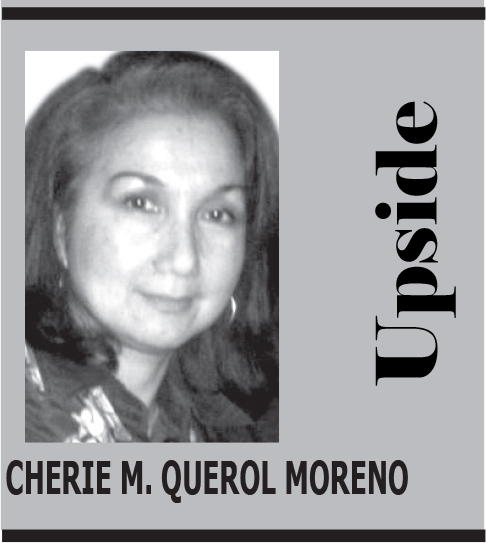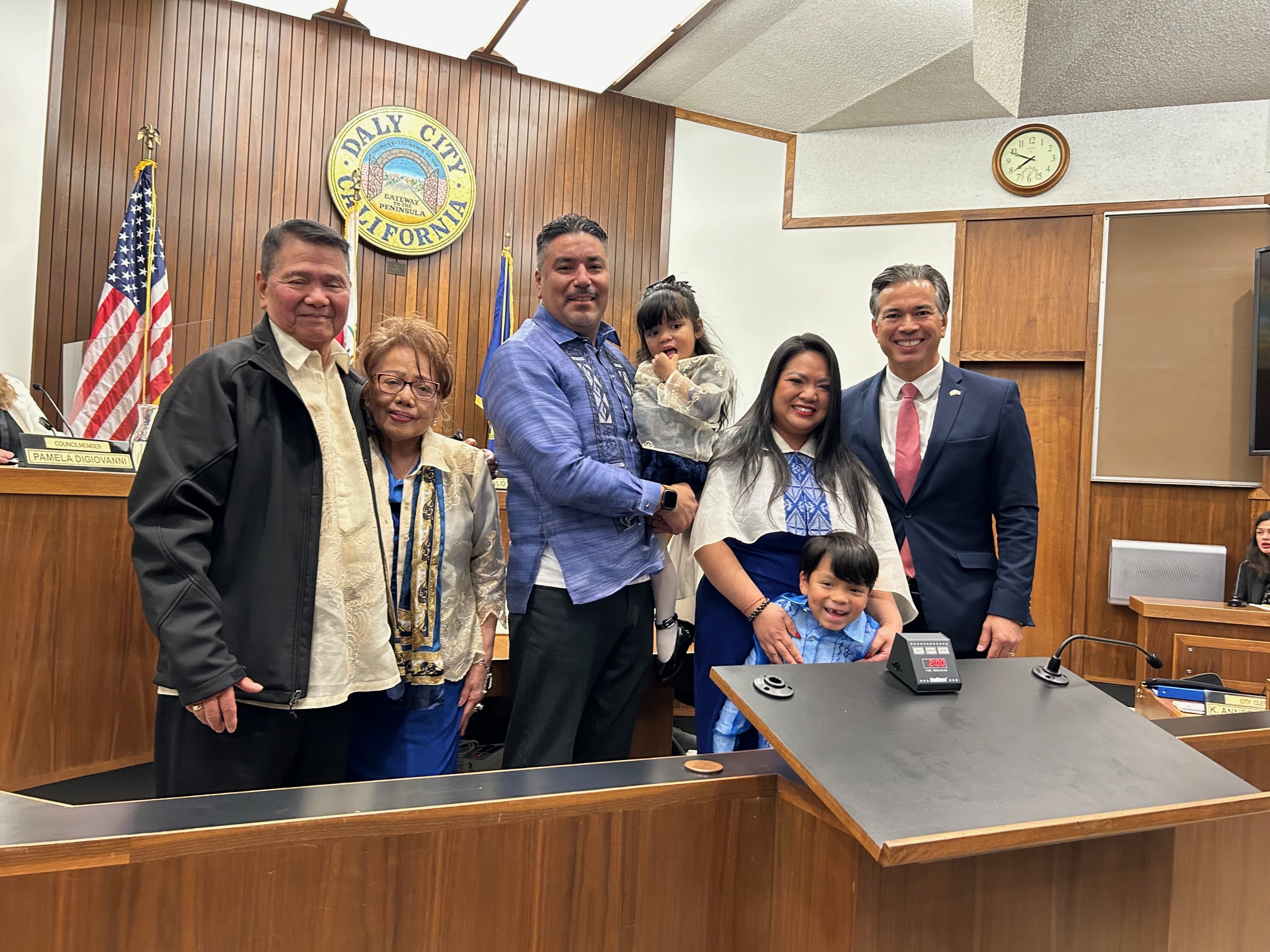We just celebrated our President’s Day weekend last week after honoring our nation’s past presidents especially George Washington, who initiated the nation’s first peaceful transfer of power, and Abraham Lincoln, who led us through our darkest hour and moved us substantially closer to our ideals with the Emancipation Proclamation.
Now, we are faced with problems besetting the country that’s very concerning especially with a new president who is unorthodox in running the affairs of the federal government mostly through Executive Actions, to which, allegedly many claims to be a threat to democracy. President Donald Trump has already issued 108 Executive Actions for only a period of one month.
Executive Orders -73; Proclamations – 23; and Memorandums – 12, for a total of 108 Executive Actions in one month.In fact, President Trump signed more executive orders in his first 10 days, and in his first month in office, than any recent president has in their first 100 days. (https://www.nbcnewyork.com/news/politics/how-many-executive-orders-has-trump-signed-2025-first-month/6157457/)
Looking at the local scenario, here in San Jose, Mayor Matt Mahan is toying with the idea of how to end the perennial housing problem for unsheltered homelessness for San Jose.
Well, there were many traditional attempts by the city in the past to do that but this time, I think, he is thinking differently. In his latest letter to “Dear Neighbor”, he has been asking the city’s housing department to put together a realistic mathematical model for ending unsheltered homelessness in San Jose.
According to him, the problem can be solved mathematically. He said: “Like many of you, I’ve been critical of past plans to “End Homelessness” that don’t show their math. As a candidate for mayor, I took the existing city-county plan to end homelessness and showed that the prioritized strategies would require over $5 billion in capital costs alone just to offer an alternative to the streets to everyone out there. Obviously, that approach wasn’t going to meet the scale of the crisis anytime soon. Fortunately, our new Housing Director, Erik Soliván, has answered the call by creating a strong first draft of a model that gives us a realistic path to ending unsheltered homelessness.”
In his letter, he said that it’s not going to be easy. It’s not going to happen overnight. But it’s possible! “The fact is we won’t come close to getting everyone indoors by spending $1M per door on affordable housing while we leave people to suffer on the streets — further worsening any mental health conditions or addictions and reducing the quality of life for everyone. That’s why we’ve changed our approach. We’re prioritizing solutions that are faster and cheaper. We’re creating an array of options from family reunification through our Homeward Bound program to quick-build communities. We need an all-of-the-above approach because there isn’t just one reason people fall into homelessness, so we can’t just have one solution to get them out of it. Especially when that one solution would cost us $5B to get all 5,000 people indoors.”
The math shows, the mayor said, that our new approach is 5% of that cost. Erik’s modeling captures the inflow and outflow of homelessness and tells us that our best option to end this crisis is investing more in prevention and expanding our shelter system.
So, we’re on the right path. To get too functional zero (the point when our shelter and prevention system is able to keep the vast majority of people indoors and ensure when homelessness does occur it is rare, brief and one-time), would cost us about $250M in capital costs.
Obviously, and especially in the midst of a tough budget year (more on that below!), the city can’t cover these costs alone. We’ll need other levels of government and philanthropists to chip in. But unlike the traditional approach, this modeling shows us that it’s actually possible to get to a point where no one is suffering on our streets, everyone is able to access our public spaces and people once again want to invest in our safe, clean city.
“This may be the first time a city has actually done the math behind the model,” the mayor said in his “Dear Neighbor” letter. “And I have no doubt that once other cities see an end to the crisis that has become a constant across California, they will follow suit. And that’s vital, because we need every city, county and region to do their part. (And yes, I’ll just repeat here again–we all must demand that our state and each county significantly increase the number of in-patient treatment beds, which will be a necessary first stop for many of our chronically homeless neighbors.) Still referring to the mathematical model, he said: “As we build out an expanded shelter and treatment system, and approach functional zero, we can ban camping in our city and truly hold people accountable for coming indoors. In the meantime, we’ll be better enforcing our laws through a strict code of conduct. Because the truth is — whether you’re homeless or housed, you should be accountable for being a good neighbor.”
Will the mayor’s math idea in ending the homelessness issue work? He answered this by saying: “In this year’s budget message, I’ll be asking my colleagues on the City Council and the administration to use our limited funds to make life better and safer for everyone by banning open flames in encampments, figuring out how to better enforce our 72-hour parking rule, and fully implementing the policies we’ve outlined over the past few years to make a visible difference in our communities.”
In ending his “Dear Neighbor” letter, he said: “Because enough is enough — we can’t expect taxpayers to fund failure when we know we can do better. It’s time for better.” Again, will Mayor Matt’s math formula work?
It’s a wait-and-see-game, I think! |

















